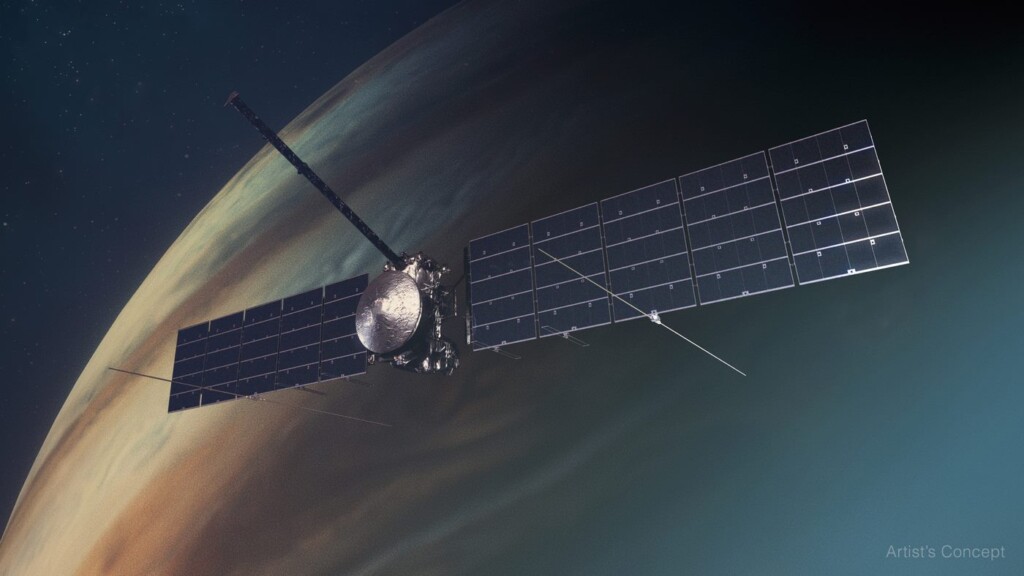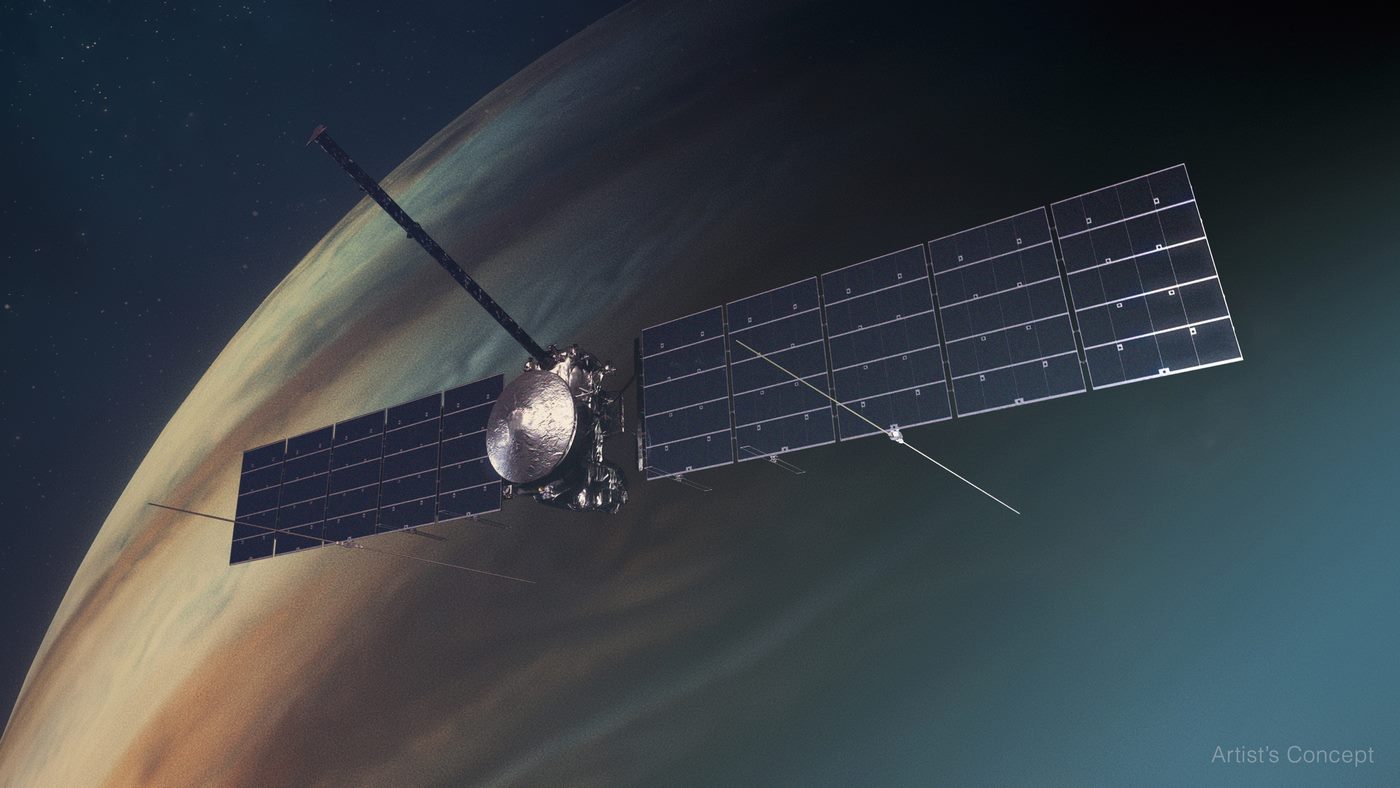
NASA has seen some outstanding recent successes in robotic exploration over the past 20 years, but now the agency’s flagship explorer—the largest spacecraft ever built for planetary science—is poised for launch.
Delayed by chip shortages, budget negotiations, and soon-to-arrive Hurricane Milton, Europa Clipper has now only to pick the perfect conditions between the October 10th arrival of Milton and the end of the current launch window of November 6th to start its nearly 6-year journey to our solar system’s largest planet.
The target is also one of the largest moons in the solar system—Europa. It’s about the size of our Moon, but dwarfed by the Jovian Moons Io and Ganymede. However, in the field of planetary science, size doesn’t always matter.
Europa is all but guaranteed to hold an ocean—more voluminous than Earth’s—hidden under a surface layer of ice. That global glacier is believed to keep the vicious radioactive environment of Jovian orbit at bay from affecting the water below.
An off-world ocean would be the best place in the solar system to look for signs of life, but Europa Clipper isn’t just an astrobiology mission. Part of Europa Clipper’s mission is instead to assess the habitability of the planet.
This massive spacecraft, weighing as much as a bull elephant and stretching as tall as the Statue of Liberty when its solar arrays are unfolded, will be armed with 8 science instruments for studying gas, dust, and geology, ice-penetrating radar to plumb the depths of the sub-surface ocean, a magnetometer to understand Europa’s gravity, a thermal instrument to search for warmer pockets of ocean, and a spectrograph.
It’s been an exceptionally long time coming for this spacecraft, and Laurie Leshin, Director of NASA’s Jet Propulsion Laboratory says it’s akin to a “modern cathedral.”
“They are generational quests,” she said of missions like Europa Clipper. “We scientists have been dreaming about a mission like Europa Clipper for more than 20 years. We’ve been working to build it for 10 years,” and will take another 5.5 years for it to arrive at Jupiter to begin its work, she told Euro News.
ALSO CHECK OUT: Intuitive Spacecraft Lands on Moon in Nail-Biting Descent of Odysseus–A First for US Company, 50 Years After Apollo
The spacecraft will orbit Jupiter rather than the moon itself. This is because Europa sits within the most extreme point in Jupiter’s “particle accelerator” atmosphere, which creates channels of charged particles that would expose the craft to something like one million chest X-rays worth of radiation.
OTHER NASA PROGRAMS: Solar-Powered Mars Plane Set to Cruise Red Planet Looking for Water
Rather than expose the craft to this punishing energetic environment constantly, it will instead absorb that amount during each fly-by, of which it will conduct 49 during the normal mission phase, amounting to 80 orbital revolutions of Jupiter.
“These flybys cover both hemispheres of the moon and a variety of latitudes to get us near-global coverage of the moon for the science instruments,” said Jordan Evans, a project manager for Europa Clipper at JPL.
WATCH a hype-up/explainer video from NASA below…
SHARE This Incredible Effort And Machine To Study An Incredible World…




















